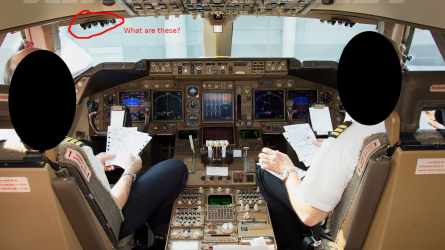mjt57
Active Member
- Joined
- Jan 9, 2012
- Posts
- 983
New York would be great but we’ll have to settle domestically for now until the Pacific bubble opens up.
Yeah, wishful thinking, I know.
I’ll be done by Christmas for sure which will be a great Christmas present.
The next roster starts on the 28th Dec so I’ll be good to go on a 75% roster at this stage in Jan, hopefully up to 100% by Easter.
Definitely a massive feat to try and get everything back up and running.
Indeed. Getting your ops department going, setting up schedules, rosters and the like. Much like organising Christmas shopping, I'd imagine...















